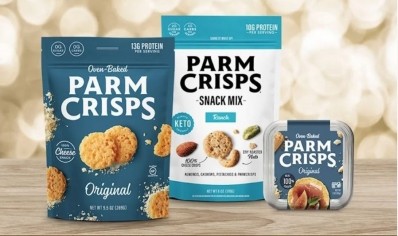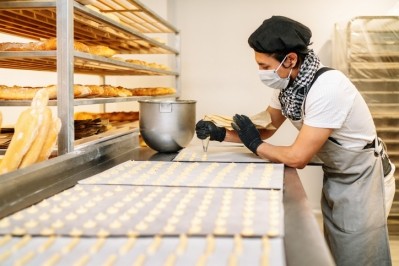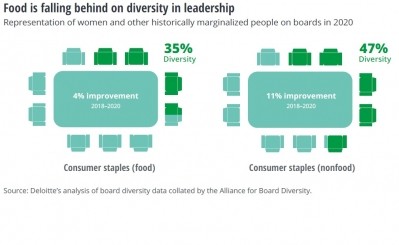President Biden: “Instead of workers competing with each other for jobs that are scarce, employers are competing with each other to attract workers”

“In June, employment in leisure and hospitality industry increased by 343,000, as pandemic-related restrictions continue to ease in some parts of the country,” with over half the job gains going to food service and drinking places, which added more than 194,000 employees, according to the US Bureau of Labor Statistics Employment Situation report released July 2.
Likewise, retail trade added 67,000 jobs in June, most of which went to clothing and clothing accessories stores (+28,000), general merchandise stores (+25,000), miscellaneous store retailers (+13,000) and automobile dealers (+8,000), according to the report.
It added, these gains were partially offset by approximately 13,000 losses in food and beverage stores and 7,000 in health and personal care stores.
At the same time, CPG industry employment remained unchanged from May with 2,085,000 jobs in June – woefully short of what is necessary to fill the 380,000 openings in non-durable manufacturing, which includes CPG, according to the Consumer Brands Association.
This labor shortage falls against a backdrop of ongoing elevated demand for CPG products consumed at-home, CBA adds, noting that demand for CPG products rose 7.4% in May compared to the same time last year, which was significantly higher than the prior year due to lockdowns in place at the time.
At the same time, the food and beverage industry is struggling to find sufficient employees, so too is the trucking industry, which further compounds the negative impact of the employment landscape.
According to the US Bureau of Labor Statistics, the truck transportation industry added just over 6,000 jobs in June, which CBA notes is still short of the 38,000 where the industry was in February 2020.
Difficulties filling open positions may ease as more Americans become vaccinated and the threat of contracting COVID-19 while working a job within close contact with many others dwindles. Likewise, CBA notes, that the candidate pool may grow as unemployment benefits taper.
“In the meantime, we welcome a conversation with the administration on the challenges our industry is facing in filling openings and opportunities to grow our essential workforce,” CBA CEO and president Geoff Freeman said in a release.
Operation: Warp Speed for jobs
One way the government is hoping to help fill open jobs is through “Operation: Warp Speed for jobs,” an initiative announced in early June by the US Chamber of Commerce, which will include advocating for federal and state policy changes to train more Americans for in-demand jobs, remove barriers to work and double the visas available for legal immigrants.
The White House has taken a more optimistic view of the current labor situation – choosing to focus not on labor shortages but the creation of more jobs as a source of empowerment for employees.
“Instead of workers competing with each other for jobs that are scarce, employers are competing with each other to attract workers,” President Joe Biden said Friday regarding the June jobs report.
“That kind of competition in the market doesn’t just give workers more ability to earn higher wages; it also gives them the power to demand to be treated with dignity and respect in the workplace,” he added. “More jobs, better wages – that’s a good combination.”
CPG companies explore improved benefits, automation
As America’s employment situation continues to evolve, CPG companies also are pursuing a range of options, including improved employee benefits and automation.
For example, Tyson Foods recently launched and in-plant educational and career development pilot that helps employees gain workforce certifications and hone job skills, ranging from digital fluency to time management to leadership, at no cost to employees. The company also is testing more flexible work hours at some facilities and offering health centers near production facilities to offer employees and their families health screenings, lifestyle coaching, health education and behavioral health counseling.
Hain Celestial Group has tried to attract employees by raising wages in some places, but CEO Mark Schiller said during a June 16 conference call that hasn’t been enough and there are still labor shortages. He also noted that the company is exploring automation solutions – especially for products acquired from startups that didn’t have the investment capital for extensive equipment and so relied on manual labor.
Flowers Foods also is exploring automation to ease labor challenges, as well as enhanced mentoring efforts and creating clear career paths with promotions that will attract and retain people, COO Bradley Alexander said late last month in a panel discussion at the BEMA annual meeting.
The war for talent also is impacting food and beverage companies’ post-pandemic plans for bringing employees back to offices. According to a survey of more than 150 food retailer and product supplier executives conducted by Deloitte and FMI – The Food Industry Association, 59% of respondents want to provide people the maximum options and choices for returning to work, while only 24% want everyone to return to a physical location.









